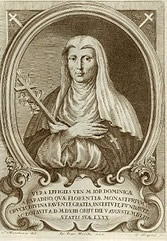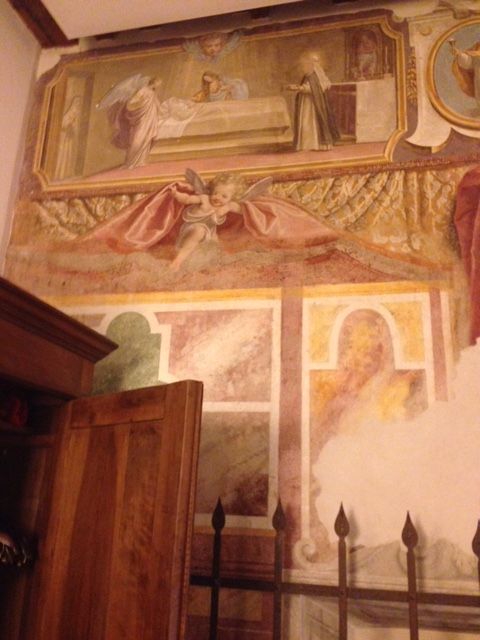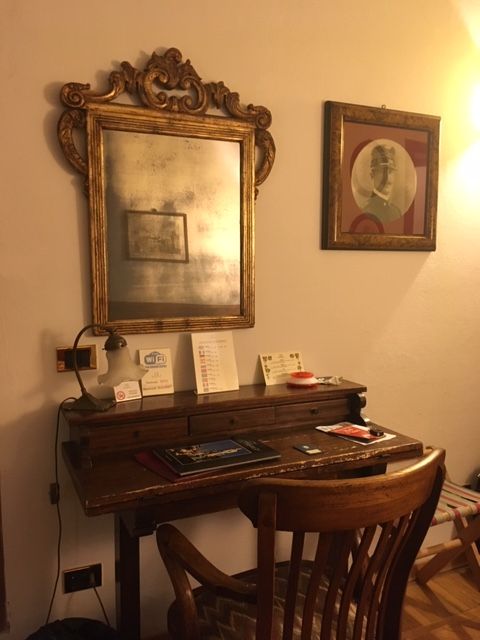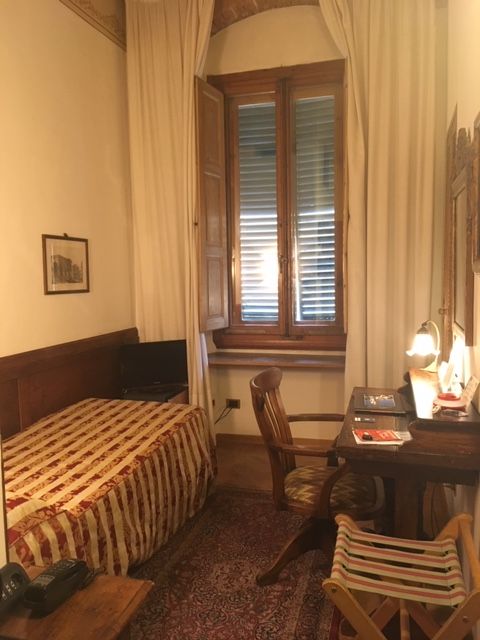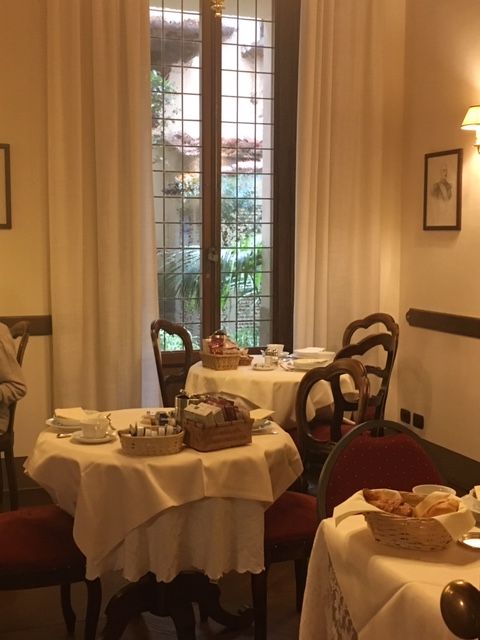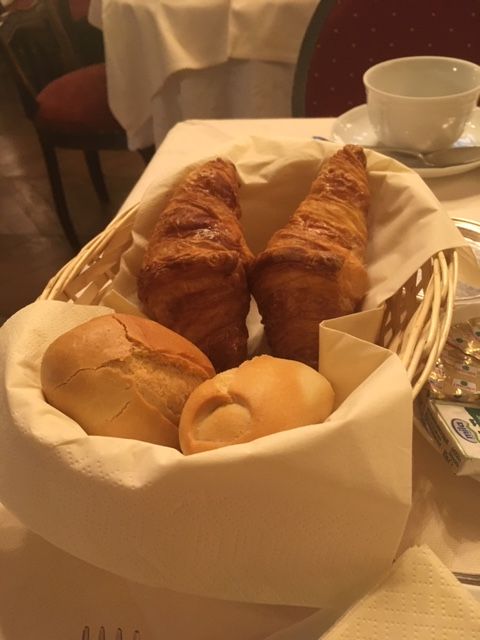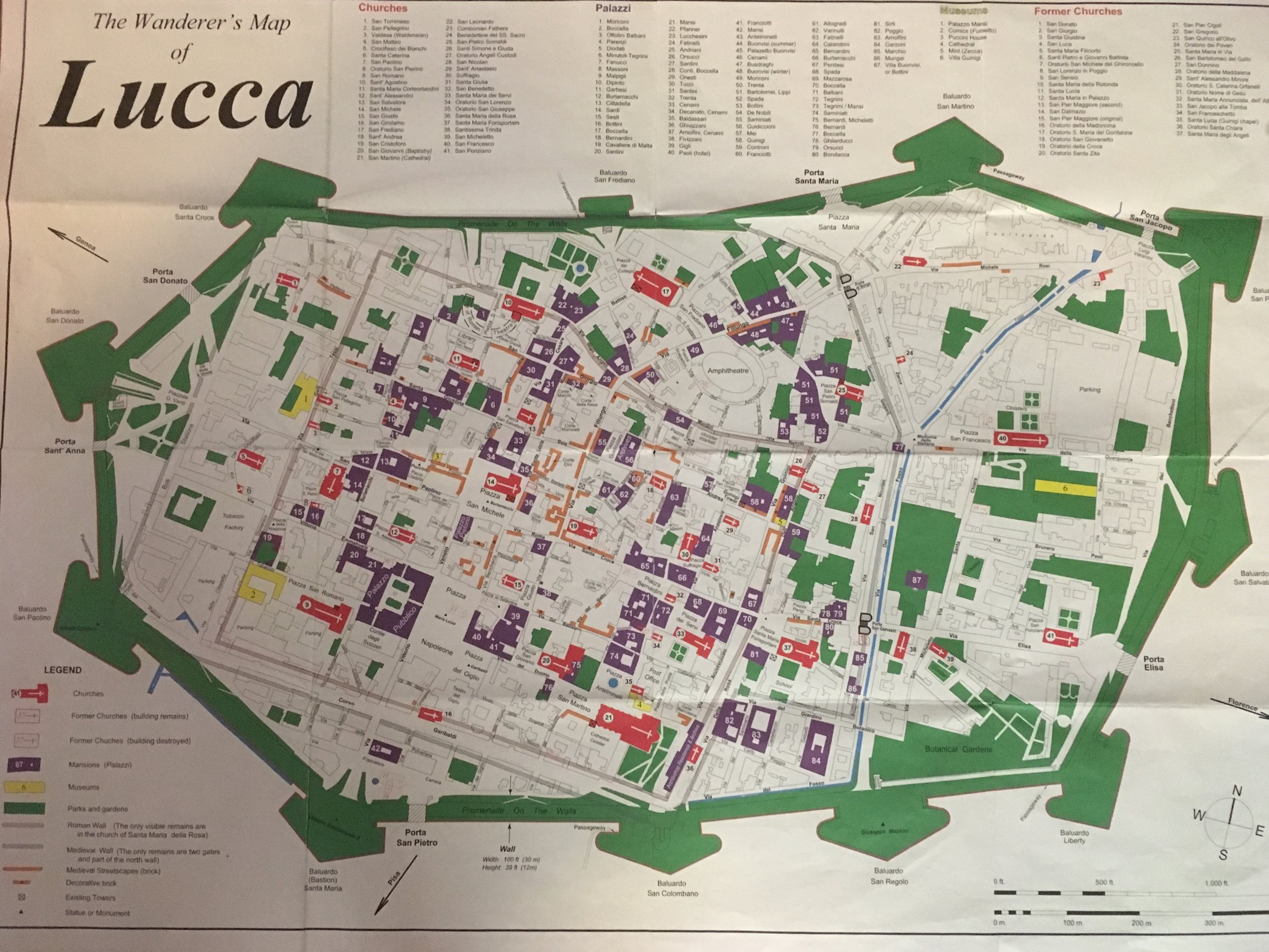Lucca In the Year 1369
Italians have long memories, especially when it comes to historic events and rivalries. The Lucchese are no exception. Each spring they celebrate several long-ago events - World War II Liberation Day and the feast of Santa Zita, for starters. One unique local celebration recalls the year 1369, when the city of Lucca gained its liberty from its most hated rival - Pisa (not by war, but by declaration of the Emperor Charles IV, in exchange for a large sum of money). Today’s rivalry with Pisa mostly involves soccer and the claim to who has the best city to visit or live in, but in 1369, achieving freedom from domination by a rival city state was huge. After that, Lucca fought hard to maintain its independence from all rivals, especially Pisa and Florence,
Fierce ladies - each with an arco lungo (long bow)
So, just how is this major historical event celebrated? Picture Medieval costumes, archers with long bows and cross bows, drummers and flag throwers. Add in city and church officials reading proclamations and lots of spectators,locals, tourists, and wide-eyed children, all watching history recreated in the square in front of the cathedral of San Martino, and you have an exciting and photo-worthy event.
Lanciatori di bandiera (flag throwers) - a crowd favorite as they toss their flags high into the air
The celebration of Lucca’s liberation from Pisa, on the Sunday following Easter, is one of my favorite annual events and one that, for me, says welcome to spring in Lucca, a city where history comes alive.
-post by JMB
Balestrieri with their cross bows (balestre)
The sounds of drums is a big part of the festival. These batteriste (drummers) come in all ages.














